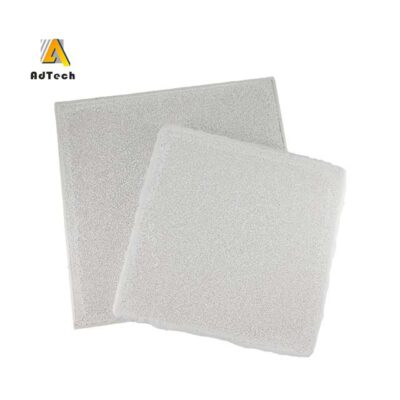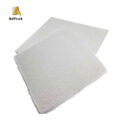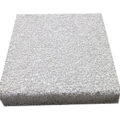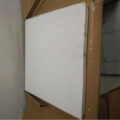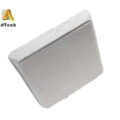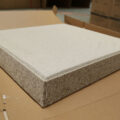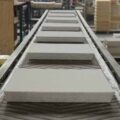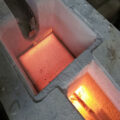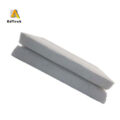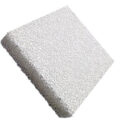The ceramic foam casting filter can melt molten metal into a smooth, uniform, and clean liquid after the honeycomb holes. The unique honeycomb structure can adsorb some small particles on the surface. Remove impurities that cause surface problems, low strength, and hardness. Such as some non-metallic particles, slag, refractory fragments, etc., the stable metal laminar flow makes the filling effect better. On the one hand, bubbles overflow, on the other hand, reduce the erosion of the sand mold and reduce the scrap rate of the product. It can effectively remove non-metallic inclusions in liquid metal, improve the structure and mechanical properties of castings, produce high-quality precision castings, reduce the scrap rate of castings, reduce the wear of cutting tools during casting processing, etc. Ceramic Foam Casting Filter has economic benefits and Social benefits have increased significantly.
Ceramic Foam Casting Filter Features
The honeycomb structure of ceramic foam filters can absorb the particles in the casting and filter out impurities, escape the bubbles in the molten metal, effectively reduce the internal and external porosity of the casting, reduce the surface defects of the casting, reduce the filling flow during the casting process, and significantly improve the yield of the casting. This is obviously superior to high silica sieve and straight hole filter products. The former is the screening and adsorption of small slag inclusions, the latter is only screening.
Let the metal liquid change from vortex to stable and constant flow, stable and pure metal liquid. Not only is the molten metal uniform, but also the sealing performance of the casting is improved, the elongation of the casting is increased (increased by about 25%) and the tensile strength, and the surface finish is relatively improved. After the inside of the casting is cleaned, the processing time and tool damage of the casting are relatively reduced, and the production efficiency is significantly improved.

Recommendations of Ceramic Foam Filter
1. Use the ceramic foam filter to control the melting point of the alloy. Excessive temperature will damage the filter function.
2. Select the corresponding mesh specifications, the purification effect should match the casting requirements.
3. The upper limit of casting temperature should be used as much as possible to improve the metal fluidity.

